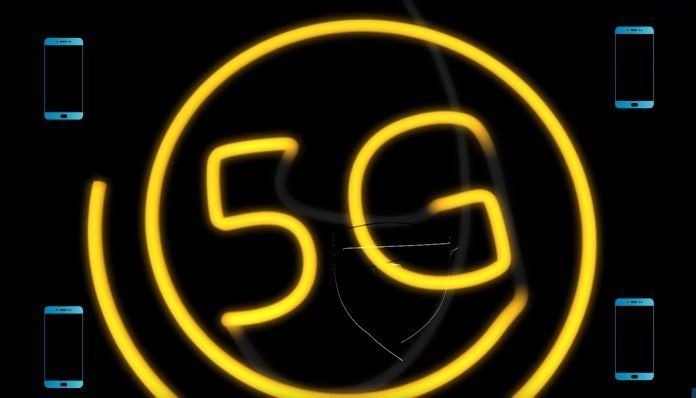5G is coming. Well, technically it has started rolling out in developed countries, kind of, may be, slowly! This 5th Generation cellular network is theoretically 10 times faster that 4G -LTE. That means instead of waiting 5 minutes to download a movie on Netflix on 4G, it will take just 30 seconds on 5G. In come countries, this could replace the high speed internet service providers they use at their homes.
The new standard means devices can communicate with each other with no lag. You know how when you write with a pen you see it as it happens, that’s zero latency. That’s pretty much what 5G can do–no waiting. That Opens up the possibility for things like wireless virtual reality (VR) experiences and more reliable driver-less cars. Thanks to the ability to analyze and process data at faster speeds.
Its an exciting time for faster and more connected devices. But as we have seen before, there are some obstacles 5G needs to overcome before we can really reap all of its amazing benefits. Here are 7 of them.
1New equipment

First we need a whole new infrastructure. Your cellphone provider for example will need to install a lot of new equipment for this new technology. Right from the antennas on the towers, equipment at the base station (also known as gNodeB) and also at the central switch. And just like 4G, all sites should have a fiber connection since wireless connectivity is not an option.
We still have telcos in Uganda still struggling with 3G networks (read as UTL)– well, let me not digress. Why new equipment has to installed for 5G? Well, its because it totally uses a totally different wavelength than the 4G standard your phone currently uses as shown by the illustration on the next reason.

